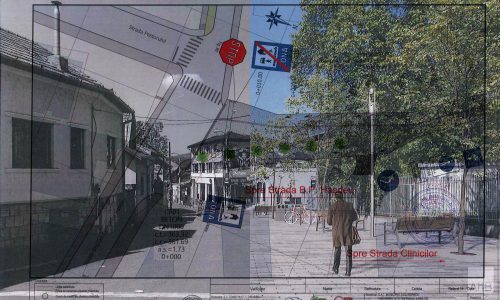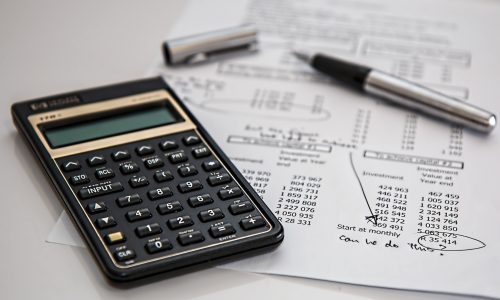Romania has ended its electricity price caps as of 1 July 2025, concluding over four years of regulated pricing. The move, prompted by EU pressure, will result in significant increases in household electricity costs, in many cases, more than doubling the monthly costs for electricity.
From Shielding to Market Exposure
Price caps were first introduced in 2021 to protect consumers during a period of market volatility. Rates were set between RON 0.68 and 1.30/kWh, depending on usage. Gas was capped at RON 0.31/kWh. As of 30 June 2025, these protections have expired.
Beginning 1 July, prices are deregulated and consumers will pay based on rates in their supplier contracts. Estimates suggest prices will rise to RON 1.35–1.50/kWh, roughly double the prior rate for low-usage households.
Romania Now Among EU’s Higher-Priced Markets
Previously, Romania's electricity cost averaged €0.188/kWh… well below the EU average of €0.289/kWh. Deregulation brings prices closer to €0.30/kWh, placing Romania alongside Germany and Ireland when adjusted for purchasing power.
A typical bill will now include approximately 52% for energy and supply, 24% for distribution, and 21% for taxes and levies. Transport and system services make up the remainder.
Government Mitigation Measures
To help offset rising costs, a monthly voucher of RON 50 (around €10) will be offered to 2.1 million low-income households until March 2026.
Experts from the Energy Policy Group warn that without careful oversight, deregulation could discourage energy efficiency investment while placing further strain on consumers.
How To Adjust
- Review electricity contracts and switch providers if necessary
- Track meter readings and bills for accuracy
- Use appliances efficiently and reduce peak-hour usage
Timeline at a Glance
| Date | Event |
|---|---|
| 30 June 2025 | National energy price caps officially ended |
| 1 July 2025 | Transition to deregulated electricity pricing begins |
| Jul 2025 – Mar 2026 | RON 50/month support available for eligible households |
Romania’s deregulation aligns with EU rules but comes at a price. While aid is available, households must prepare for increased costs by monitoring consumption, comparing tariffs, and adjusting usage habits to adapt to the new energy landscape.



